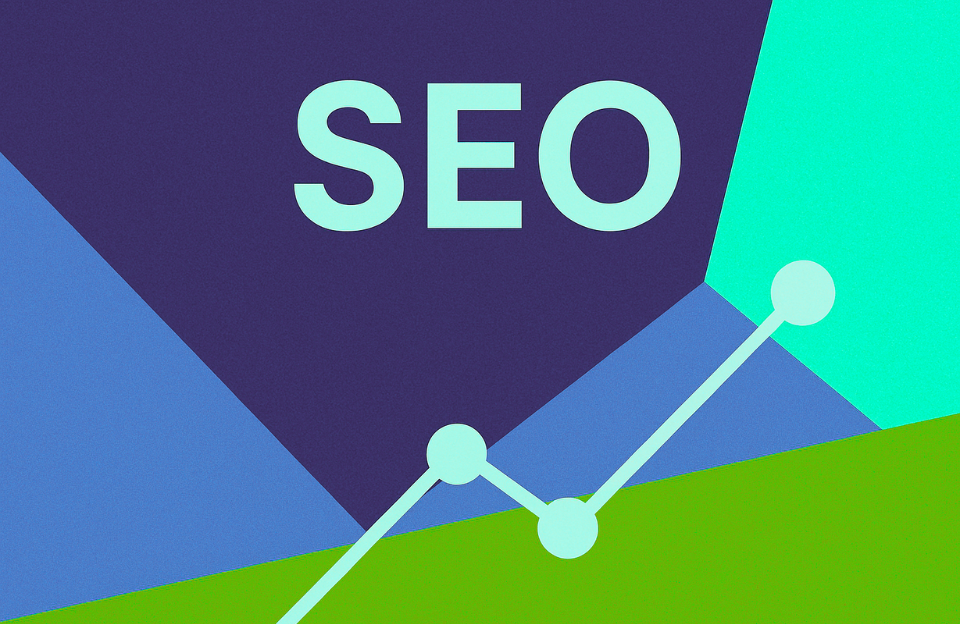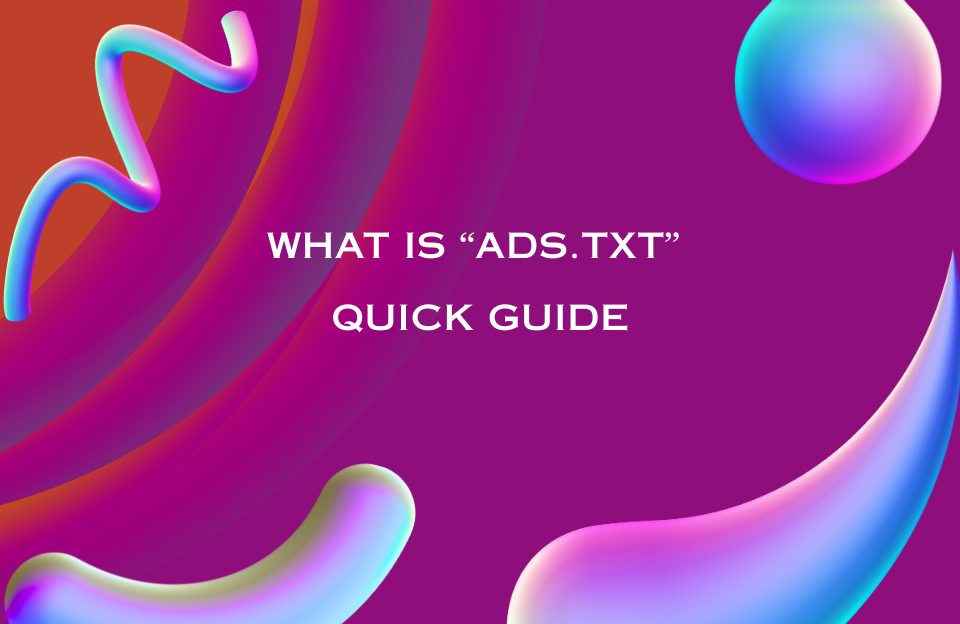What is SEO?
SEO stands for Search Engine Optimization—a digital strategy that improves your website’s visibility in organic (non-paid) search results on platforms like Google and Bing.
When people search for products, services, or answers online, search engines try to show the most relevant and trustworthy results first. SEO helps you earn a spot on that first page—ideally in the top few positions.
SEO isn’t about tricking the algorithm. It’s about building a site that genuinely deserves to rank higher, based on three core principles:
- Technical performance
- Content relevance
- Website authority
Why Is SEO Important?
- It Drives Free, Long-Term Traffic – Rank for valuable keywords and attract visitors 24/7—without paying per click.
- It Builds Trust and Credibility – Appearing in top results increases user confidence in your brand.
- It Enhances User Experience – Fast loading, mobile-friendliness, and clear structure benefit both users and search engines.
- It Supports Other Channels – Search data improves paid campaigns, content strategies, and product planning.
- It’s Sustainable and Scalable – SEO continues delivering traffic even when ad budgets pause.
How SEO Works: The 3 Core Pillars
1. Technical SEO – The Foundation
- HTTPS security
- Mobile-friendly design
- Fast load times
- Crawlable and indexable pages
- Clean URL structure
- No broken links or redirect loops
- XML sitemap and robots.txt
- Canonical tags to prevent duplicate content
2. Content – The Heart of SEO
- Relevant to search queries
- Structured with proper headers
- Valuable and informative
- Optimized with keywords
3. Authority – Trust and Popularity
- Backlinks from reputable websites
- Brand mentions
- User engagement signals
Additional Aspects of SEO
Local SEO
- Google Business Profile optimization
- Local backlinks
- Customer reviews
- Location-specific keywords
Voice Search Optimization
- Using long-tail conversational keywords
- Adding FAQ sections
- Implementing structured data
Measuring SEO Success
- Organic traffic
- Keyword rankings
- Conversion rates
- Page speed and Core Web Vitals
- Backlink growth
- CTR in search results
Common SEO Mistakes to Avoid
- Ignoring mobile performance
- Writing only for search engines
- Skipping meta titles and descriptions
- Targeting vague or high-competition keywords
- Neglecting internal linking
- Publishing duplicate or thin content
SEO vs SEA: The Smart Balance
SEO = long-term organic visibility
SEA = paid, short-term visibility
The best strategy often combines both: SEO for stability and SEA for quick impact.
Useful SEO Tools (and What They’re Good At)
All-in-one SEO platforms
- Semrush – Keyword tracking, content gaps, backlinks, and PPC data.
- Ahrefs – Excellent for backlink analysis and keyword research.
- Moz Pro – Beginner-friendly with rank tracking and site audit features.
- SE Ranking – Affordable with all-round functionality.
Technical SEO and crawlers
- Screaming Frog – In-depth crawl analysis for site structure and issues.
- Sitebulb – Visual reporting and technical prioritization.
- Google Search Console – Performance, indexing, and crawl data.
- PageSpeed Insights – Speed metrics and Core Web Vitals feedback.
Content and keyword research
- AnswerThePublic – Maps out question-based search queries.
- Google Keyword Planner – Search volume data from Google Ads.
- Ubersuggest – Easy-to-use for keyword and traffic estimates.
- AlsoAsked – Shows follow-up search questions via Google’s PAA data.
Backlink monitoring & off-page SEO
- Ahrefs – Extensive backlink data and link profile tracking.
- Majestic – Specializes in trust flow and historical link data.
- Monitor Backlinks – Tracks gained/lost backlinks over time.
Testing and optimization
- Google Optimize – A/B testing setup (phasing out but still relevant).
- Hotjar – User behavior visualized via heatmaps and recordings.
Tip: Combine tools for deeper insights. E.g., Screaming Frog + Semrush for full audits, or Ahrefs + Search Console for link and keyword monitoring.
Structured Data and Rich Results
Structured data is a standardized format for providing information about a page and classifying its content. It uses schema.org markup (usually in JSON-LD format) to help search engines better understand what’s on a page.
When implemented correctly, structured data can unlock rich results—enhanced listings in search results with visual or interactive elements like:
- Star ratings and review snippets
- FAQs and dropdowns
- Product prices and availability
- Breadcrumbs
- Event and recipe cards
Adding structured data does not guarantee rich results, but it increases the likelihood and helps search engines interpret your content more precisely.
Recommended Testing Tools
- Rich Results Test – Check if your structured data qualifies for enhanced search features.
- Schema Markup Validator – Validate the structure and syntax of your schema code.
To implement structured data, most websites use <script type="application/ld+json"> tags in the page head or body. Platforms like WordPress often support it through SEO plugins like Rank Math, Yoast, or via custom code in templates.
Tip: Start by adding structured data to your homepage, product pages, blog articles, and FAQ sections to enhance visibility and click-through rates.




